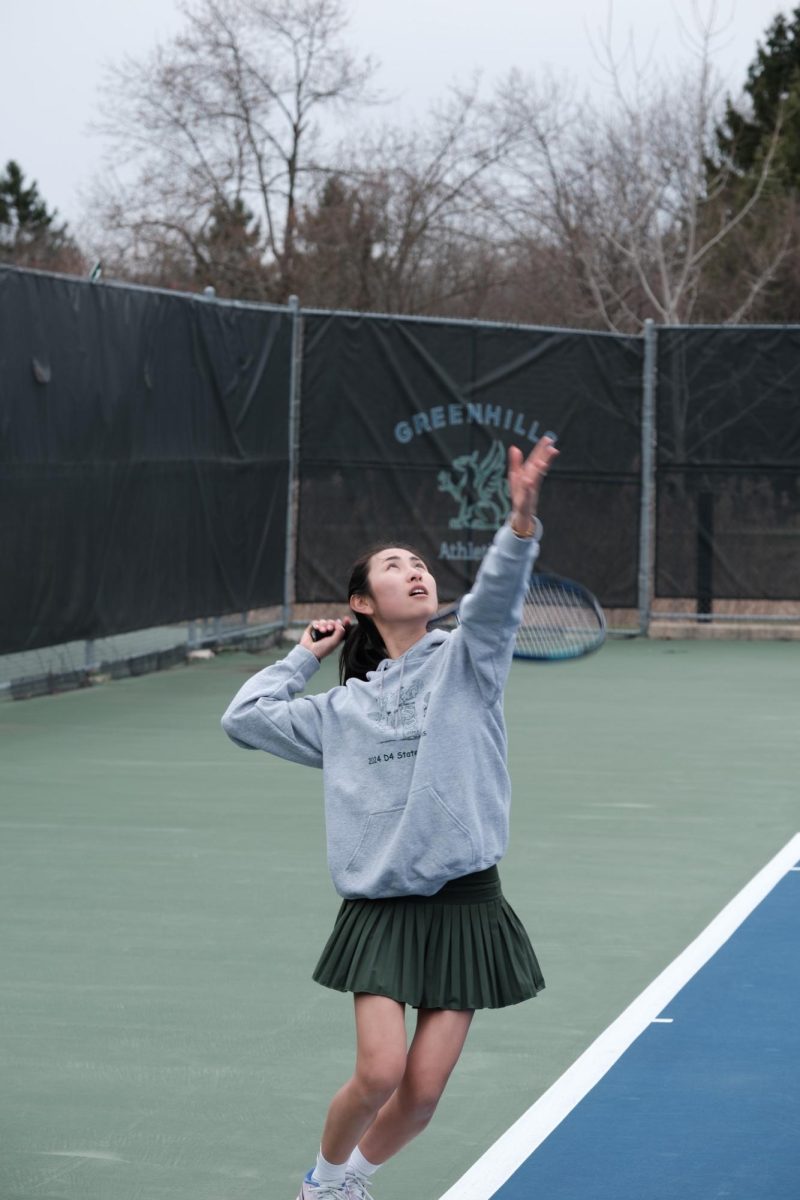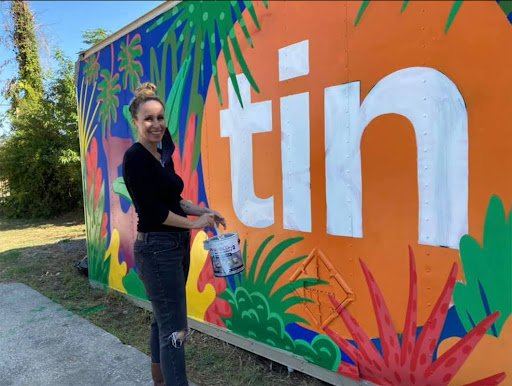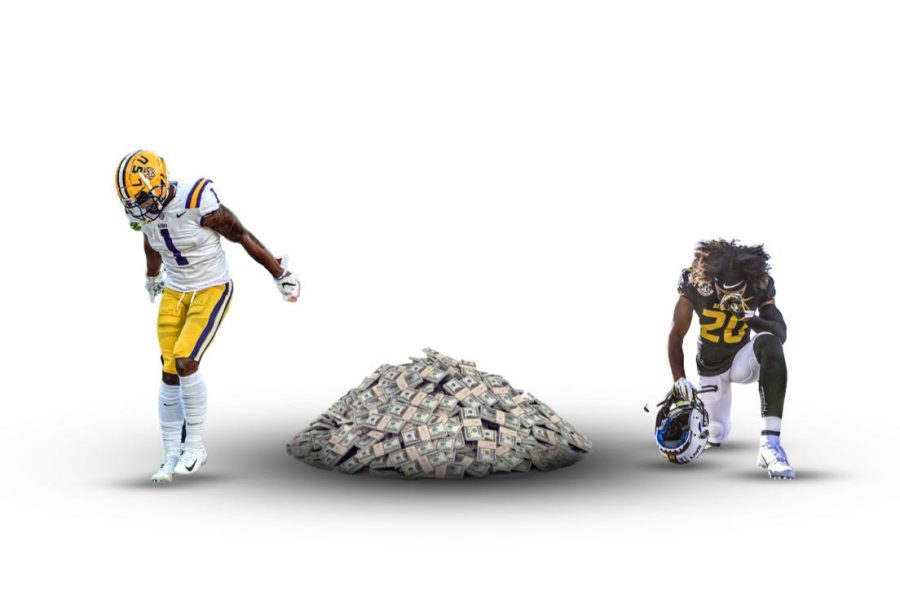NIL policies go too far; focus on money not game
March 1, 2023
After years of pleading from fans, coaches, and players alike, the Division One board of directors for the National Collegiate Athletic Association finally approved a policy to allow collegiate athletes to receive compensation for their Name, Image, and Likeness, or NIL.
Like many other college sports fans, I was overjoyed at this news at first. Finally, hardworking athletes who competed in front of thousands or even millions on national television would be able to earn their fair share of well-earned money. However, almost two years later, I could not have been more wrong.
The NIL policy has quickly turned college athletics from a game of training, coaching, and honest recruiting into a competition to see who can offer high school recruits the bag with the largest dollar sign on it.
Universities set up NIL deals for recruits by laying out guaranteed contracts so that, upon enrollment, the player would receive compensation for participation in advertisements, social events, or other brand promotions.
Texas A&M and the University of Miami of Florida are excellent examples of this development, as they are at the forefront of all things concerning NIL. These universities had an identically poor record of 5-7 this season, with A&M finishing dead last in the SEC west division, and Miami finishing 5th in the ACC coastal division. Neither team was even eligible for a bowl game.
Despite these abysmal records, both teams are poised to finish in the top fifteen for the 2023 recruiting cycle, with A&M at 15th and Miami at a shockingly high 7th. These schools have proven to be unable to develop players, get fans to attend their games, and most importantly, win. Schools like these draw recruits to their programs in the only way possible- money.
A&M and Miami have two of the three top NIL collectives – funds solely dedicated to paying athletes that attend. Schools that try to recruit highly-rated prospects based on merit are being overshadowed by programs that offer 17 and 18-year-olds thousands of dollars to play for them.
On the opposing side, teams that do well during the season may suffer in recruiting if they fail to match the NIL offers of other lower-achieving schools. Take the University of Michigan, for example. The Wolverines finished 13-1 on the season, with their sole loss coming in the College Football Playoffs, and winning the Big Ten for the second year in a row. Their reward in the 2023 recruiting cycle? A subpar 18th place- finishing behind schools such as Oregon, Oklahoma, and Miami – programs that finished the year with significantly worse records and achievements.
Not only are recruits unwilling to commit to Michigan due to their lackluster NIL support, players who, at one point, were fully committed to the Wolverines have flipped their decisions to universities that are more willing to shell out the big bucks. Highly ranked recruit Collins Acheampong is the main example of this phenomenon. Acheampong, a defensive lineman from California, had been committed to Michigan since early July 2022. However, just three days after Michigan routed their archrival Ohio State on Nov. 26, 2022, Acheampong unexpectedly flipped his commitment from Michigan to none other than the University of Miami.
NIL played a massive factor in this decision – Acheampong flipping his commitment from a school known for developing players to the NFL to a school that can’t even fill their stadium on a regular basis was a move that baffled experts and yet again left only one reason – money.
Often, the extent of NIL money is underestimated – fans are unable to wrap their heads around how much athletes are making. According to On3, a college sports and recruiting organization, collegiate athletes can make millions of dollars. Currently, On3 has the top earner as 2023 basketball prospect Bronny James, who is valued at an astounding $7.6 million – without even stepping foot on an NCAA court. Not even a top 30 player – he is ranked 33rd in the class of 2023 by one of the nation’s top recruiting websites 247Sports – James is already predicted to earn more money than most people will see in their lifetime, solely because of his last name. While James is an outlier due to his namesake as LeBron James’ son, no high schooler should even be thinking about receiving this kind of money in exchange for athletic ability.
While collegiate athletes should be paid for playing, there is no doubt in my mind that the amount and influence of NIL money has spiraled out of control from what it was originally intended to be.
Although my point of view may be from a fan disgruntled that his favorite team can’t keep up with the talent recruiting of other inferior programs, there’s no denying that the NIL initiative has had unintended consequences on the landscape of college sports and how the recruitment process as a whole functions.


















